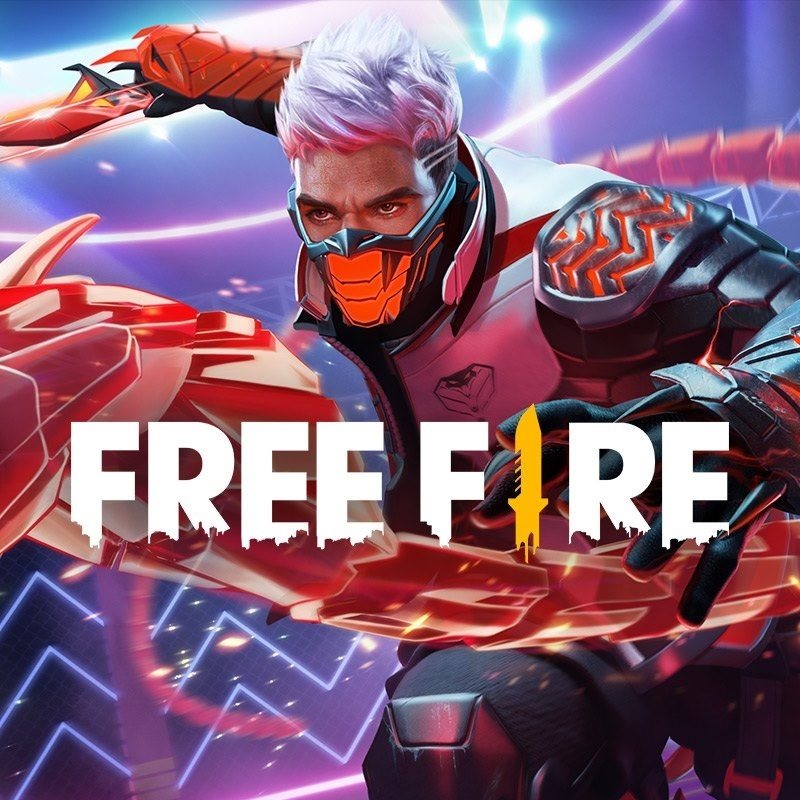🎉 Content Unlocked!
You now have full access to this feature or content.
You now have full access to this feature or content.

Garena Free Fire’s Kalahari map is a testament to the game’s dynamic design, offering a battle royale experience that constantly demands player evolution. Far from a static arena, Kalahari’s unique blend of verticality, fragmented terrain, and compact size creates a tactical landscape that punishes complacency and rewards continuous adaptation. Understanding how the map’s design influences mid-to-late game strategies, and how to effectively leverage its unique features, is crucial for securing that coveted Booyah!
As the match progresses on Kalahari, the initial chaos of early-game hot drops in areas like Council Hall or The Submarine gives way to a more nuanced strategic dance. The shrinking safe zone on this compact map forces players into increasingly tighter quarters, often leading to unavoidable, high-stakes engagements. Unlike maps with large open fields that favor long-range engagements and cautious rotations, Kalahari’s broken terrain and numerous structures mean that mid-to-late game often devolves into intense, rapid-fire close-quarters combat (CQC) and intricate vertical skirmishes.
A key aspect of Kalahari’s strategic evolution is the importance of controlling key chokepoints and high ground as the zone shrinks. Areas like the bridges connecting different plateaus, narrow passes through canyons, or the multi-story buildings that often fall within the final circles become critical points of contention. Securing and holding these positions, especially those offering elevated vantage points, can dictate the flow of the entire late-game. This means being aggressive about rotation, moving into the new safe zone early, and being prepared to fight for prime real estate. Players who wait until the last moment to move will often find themselves caught in the open, vulnerable to ambushes from well-positioned enemies.
Resource management also becomes more refined. While early game is about grabbing any weapon, mid-to-late game demands an optimized loadout. Given the prevalence of CQC, ensuring you have a powerful shotgun (like the M1887 or MAG-7) and a fast-firing SMG (MP40, UMP) is paramount. A versatile assault rifle remains important for softening targets or engaging at slightly longer ranges where lines of sight open up. Crucially, managing your healing items and utility grenades (such as gloo walls or flashbangs) effectively can turn the tide of a late-game fight. Being able to drop instant cover with a gloo wall or blind an enemy pushing into your position can be the difference between victory and defeat.
The fragmented nature of Kalahari means that stealth and flanking become powerful tools even in later stages. Instead of direct pushes, players can often utilize the numerous rocks, ruins, and elevation changes to circle around opponents, catching them off guard. This requires excellent sound awareness – listening for footsteps, gunshots, and character abilities – to pinpoint enemy locations without being seen. Characters with stealth-enhancing or movement-speed abilities can gain a significant advantage in these tactical maneuvers.
Team coordination in duos and squads reaches its zenith in Kalahari’s later stages. Effective communication (“enemy on top of refinery,” “pushing from canyon below”), synchronized pushes, and coordinated revives are absolutely vital. Because engagements are frequent and cover can be sporadic, reviving a knocked teammate under fire requires impeccable timing and teamwork. A well-placed gloo wall by one teammate can provide just enough cover for another to initiate a revive, turning a disadvantageous situation into a comeback opportunity.
Finally, the psychological aspect of Kalahari should not be underestimated. The constant pressure of the shrinking zone and the high likelihood of immediate engagements means players must maintain composure under pressure. Quick decision-making, the ability to adapt on the fly, and a willingness to commit to engagements are hallmarks of successful Kalahari players. Every corner turned, every height ascended, and every rotation made carries weight, contributing to a truly intense and rewarding battle royale experience.
In essence, Kalahari is not just a map; it’s a dynamic puzzle that constantly challenges players to refine their strategies. By embracing its unique verticality, mastering CQC, planning smart rotations, and leveraging strong team play, players can conquer the shifting sands and emerge victorious in this exhilarating Free Fire battleground.